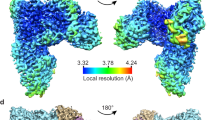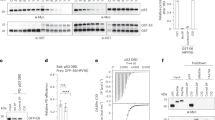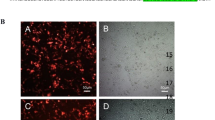Abstract
The majority of human anogenital carcinomas show evidence of papillomavirus infection. To facilitate viral replication, viruses disable key cellular responses which would otherwise precipitate cell suicide. An obligate factor in one such response is the p53 tumour suppressor protein. p53 gene mutation is an infrequent event in anogenital cancer, apparently due to the action of HPV E6 protein, which inhibits wild-type p53 function by stimulating the degradation of p53 protein. p53 is required for the apoptotic response that is triggered in untransformed cells following inappropriate cell-cycling. E6 directed inhibition of p53 function thus facilitates the survival of transformed cells. We have developed a genetically tractable model that reports E6 protein-mediated human p53 inactivation in the fission yeast Schizosaccharomyces pombe. Functional dissection of the requirements for E6 directed inhibition in this system reveal an absolute requirement for the presence of both E6 protein and the human E3 ubiquitin ligase, E6-AP. Using a defined set of E6 mutants we show that degradation of p53 protein rather than E6/p53 association is likely required for E6-mediated inhibition. This S. pombe based system represents a candidate screen for novel antiviral agents that act by disrupting the E6/E6-AP/p53 interaction.
This is a preview of subscription content, access via your institution
Access options
Subscribe to this journal
Receive 50 print issues and online access
$259.00 per year
only $5.18 per issue
Buy this article
- Purchase on SpringerLink
- Instant access to full article PDF
Prices may be subject to local taxes which are calculated during checkout
Similar content being viewed by others
Author information
Authors and Affiliations
Rights and permissions
About this article
Cite this article
Waddell, S., Jenkins, J. Defining the minimal requirements for papilloma viral E6-mediated inhibition of human p53 activity in fission yeast. Oncogene 16, 1759–1765 (1998). https://doi.org/10.1038/sj.onc.1201848
Received:
Revised:
Accepted:
Published:
Issue date:
DOI: https://doi.org/10.1038/sj.onc.1201848



